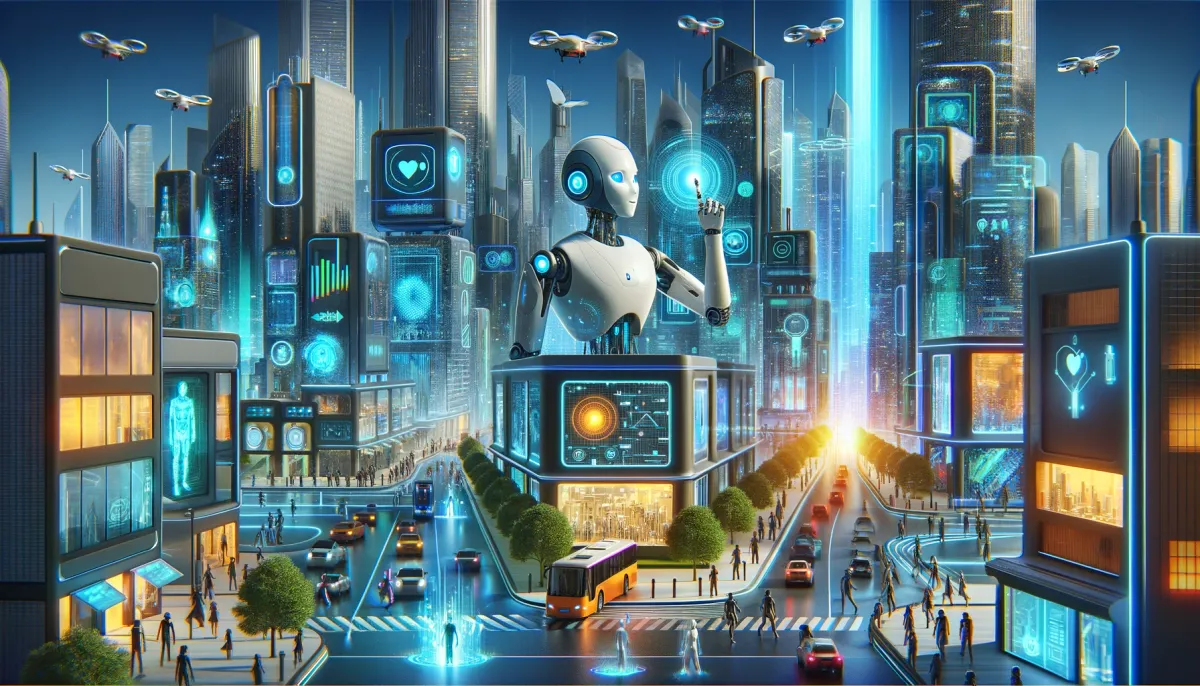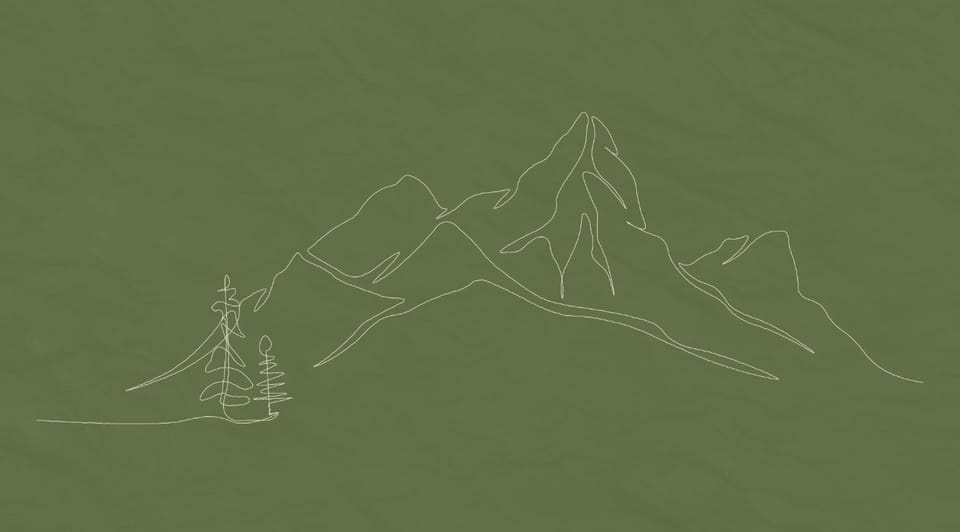Process Document

Technologies play a vital role in the world of Graphic Design as they allow different ways a user can output their ideas and convey the message they intend. While some technologies have become well established and are regarded as the industry standard, there are many more on the horizon which bring new ways for designers to work. It is key that people don’t lose sight of the fundamentals whilst still maintaining a healthy balance with experimentation and education on new and emerging technologies, as without they may be left behind in the industry. I have found myself over reliant on certain programmes in the past such as Adobe Photoshop and Illustrator as that is what I was initially taught, sticking to what I know and hindering the development of my design process. This reliance can lead to poor skills in other important areas as those programmes are not for creating the likes of a magazine, book, motion or 3D piece, but instead for a still poster or brand logo for example. The goal of this module was to stray away from that and discover new ways of work and how we can implement them in our design process which I certainly will be doing. To start this module I reflected on my workflow and established the points in it which I consider significant, view it here. Then followed by initial AI image generation as while I was fully aware of the software I was yet to test out and see how good/bad it was really was, available here.
Over the course of this module, I did a vast range of experimentation with technologies that had been there for a while but I was yet to touch. For example, utilising code to generate a vast range of outcomes in just the click of a button. This Processor led task opened my eyes to the range of possibilities this technology offers. Whilst the coding itself may become tedious and sometimes seem impossible to work with, the outcomes are worth the struggle it presents. The ease in which hundreds if not thousands of variants of the same thing can be created is massive in the importance of this software as a task like this would be next to impossible to complete elsewhere in a reasonable amount of time. Whilst I personally cannot see myself revisiting it anytime soon, I now understand the significance of code driven design and where it could be implemented into a project. I like to see my work as I create it, making small alterations and viewing it in the bigger picture unlike a code-based programme which only allows you to view your work after you have written it, Leading to more trial and error. See my post on this here.
Additionally, another technology I experimented with was utilising a drawing tablet to create a frame-by-frame animation. Again, this technology has been established for a while however I was yet to experience it until this module. Whilst I would consider myself far from an illustrator the tablets allowed for ease of drawing and were quick to get used to. Being able to draw each frame digitally and then overlay it on the next in no more than a few seconds was vital in maintaining a quick workflow in this workshop which may not have been possible physically. The tablets allowed for much more fluent drawing than a mouse would, combining the practicality of illustration seamlessly into the digital world. My personal discovery of this new technology has made me reflect on how I could introduce this into my own workflow because of the fun I had in the process. Illustrating over videos is where I could see myself using this technology again, read more here.
To further develop my understanding of technologies within this module I looked at and engaged with emerging technologies and reflected on how I could implement these into my past and future designs. See one idea of how I would apply this here. For example, my work in cinema 4D. I believe 3D software is a vital skill in graphic design that can separate you from the crowd. The ability to create your own assets and environments to showcase mock-ups and/or for other projects allows for you to create multidimensional work solely on your own and take it from one programme to another. While time consuming to learn, I would like to try and implement this technology into my work as it allows for me to create assets that could be used elsewhere, expressing my ideas in a different form rather than a 2D print. View my final blood cell outcome here.
However, I mainly focused on augmented reality as that is what captivated me the most. From the instant I discovered you could transfer work onto the likes of adobe aero and project it from your phone in minutes I was captivated. Being able to bring my creations to life and visualise them in the world around me was revolutionary. Click here to see my initial experimentation. The power this technology has with the likes of Apple Vision Pros along with other models on the rise leaves the future unknown as to what could be possible in years to come. I discuss an idea I have regarding this here. I will certainly be implementing this technology in my further work as it adds an extra dimension that cannot be created or experienced on a screen no matter what it is. This technology combined with the ability to create my own 3D shapes and structures on the likes of Cinema 4D would introduce a whole new outcome in the way I think and approach certain briefs.
In conclusion this module has broadened my horizons regarding new and emerging technologies along with established ones I was yet to touch. This discovery has led to my perspective on certain briefs and tasks changing as I am now aware of completely different ways of production that can be added to my workflow. Taking my prior work from the screen and using new programmes to bring it to the world around me, seeing it first hand in real time. It has made me realise the two dimensionality of my prior work when I perhaps could’ve implemented and aimed for a more unique approach, even if it was only in parts of my response. I will most certainly be bringing these technologies into my future work and will have them in my mind during my initial experimentation stage that I identified in my workflow, while these new discoveries may not also be perfect for my work/ideas they will come in useful. Overall, this module was very helpful in introducing me to new methods of work and allowed me time to experiment freely on various areas of design I had not touched prior.
